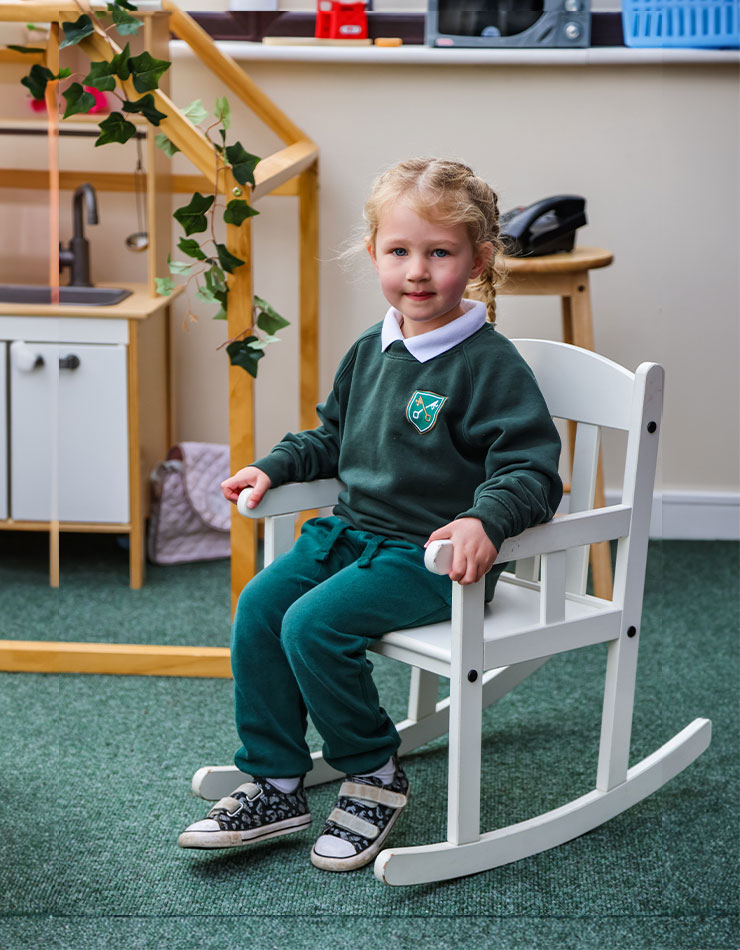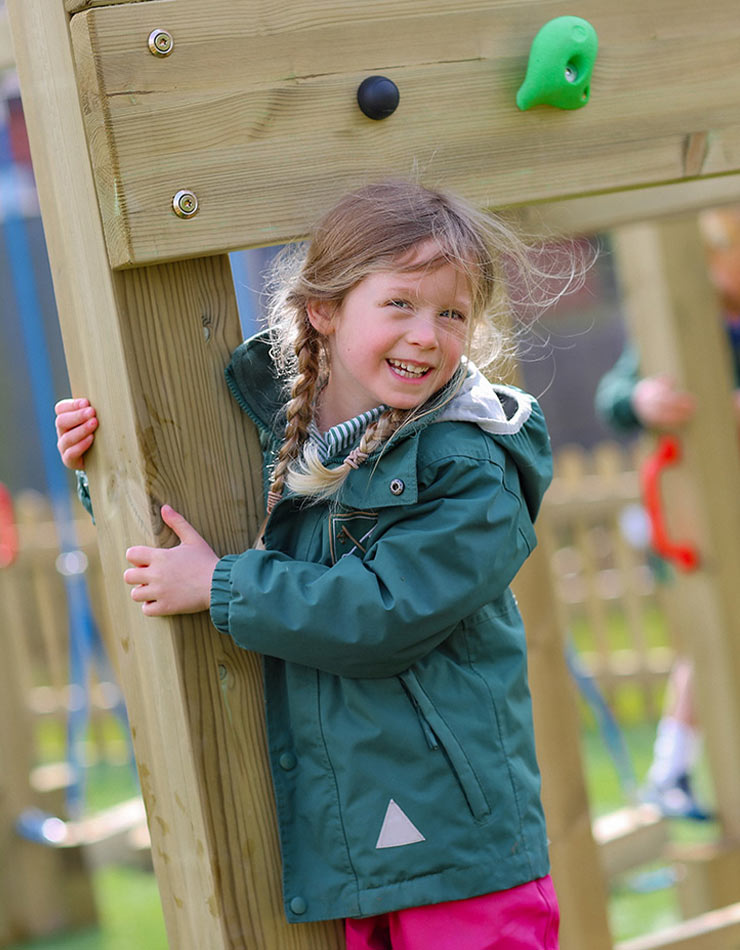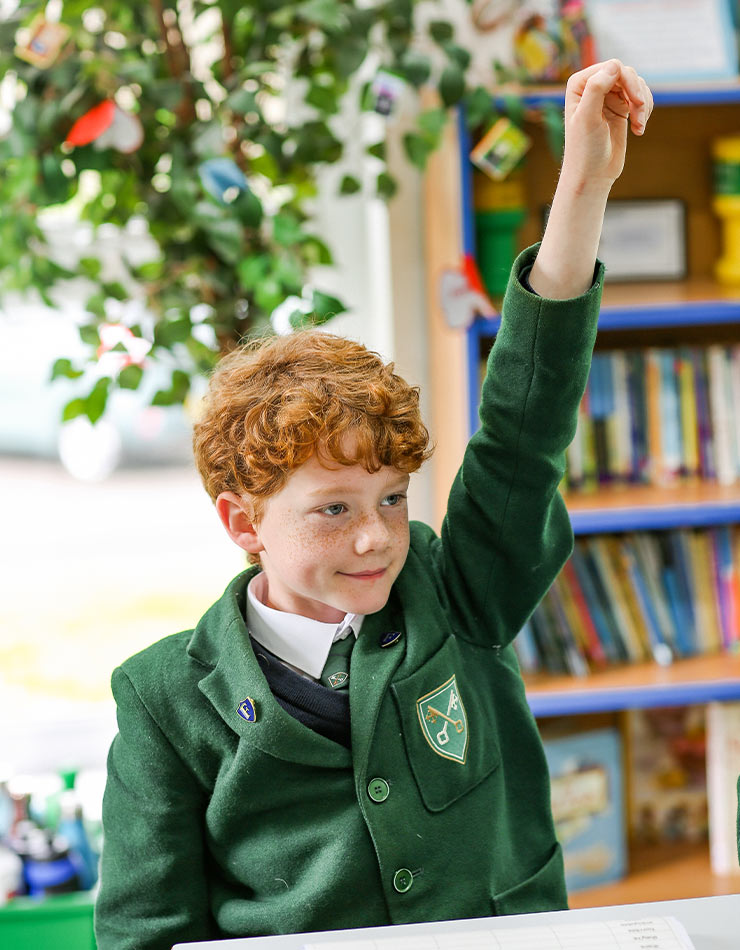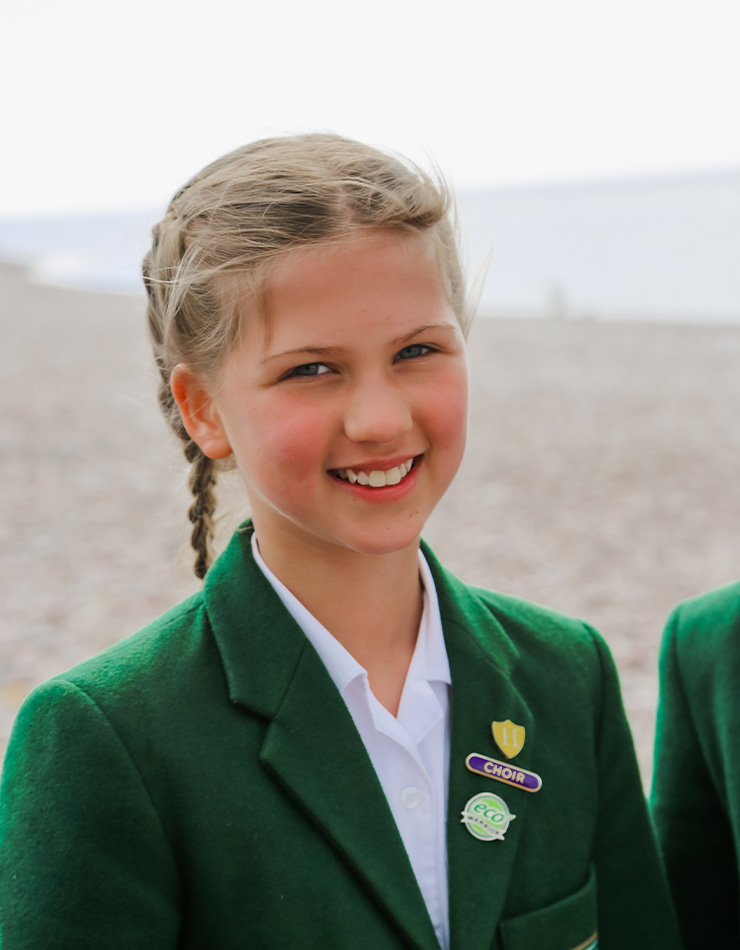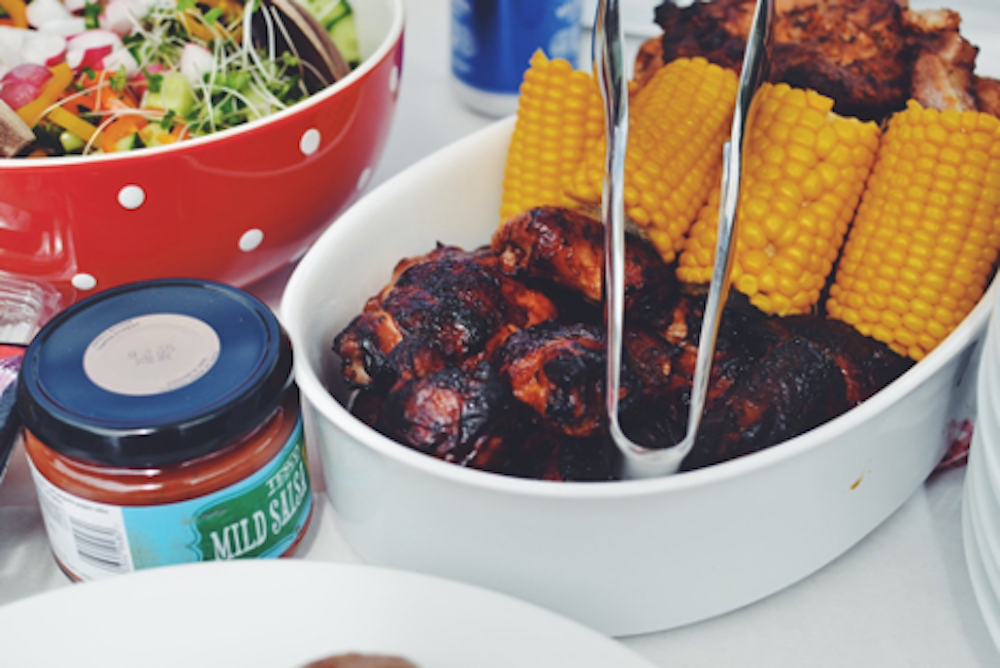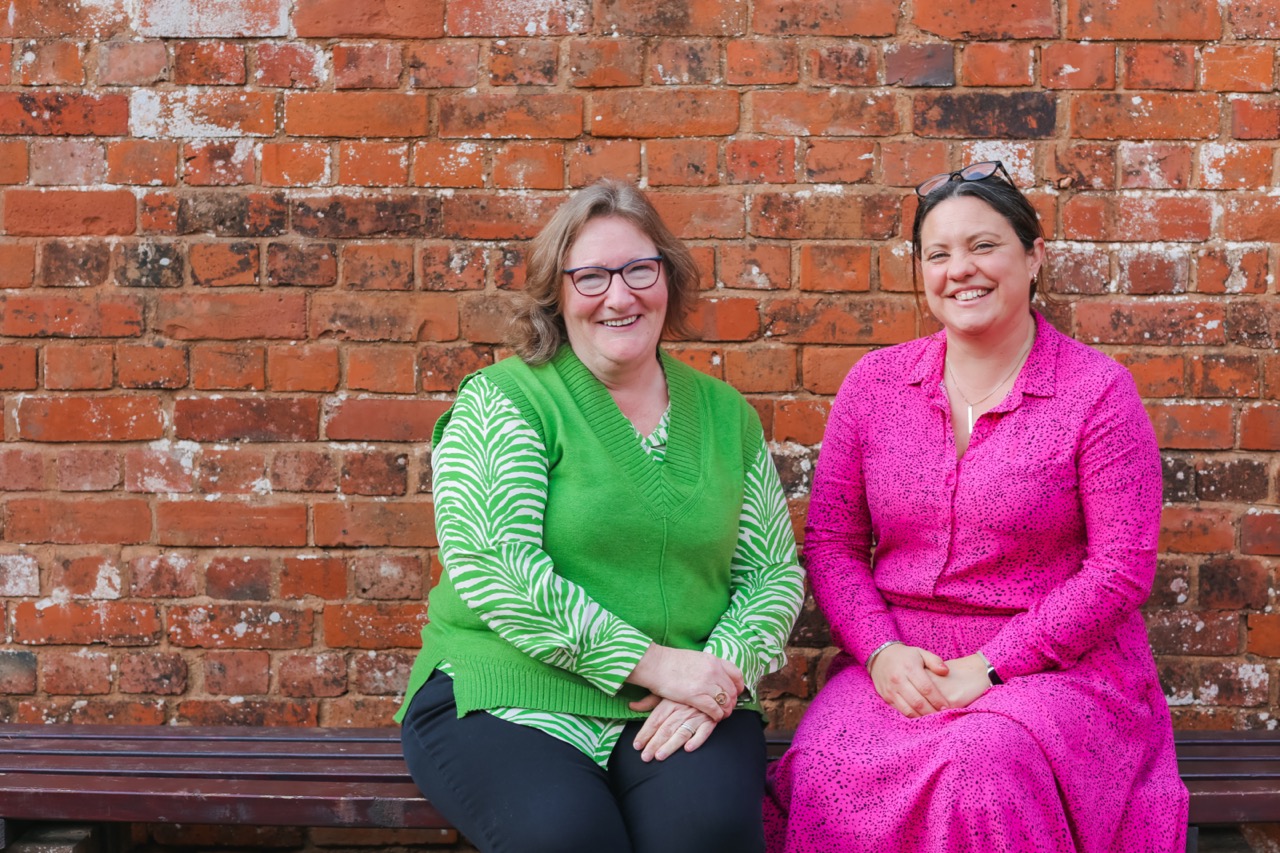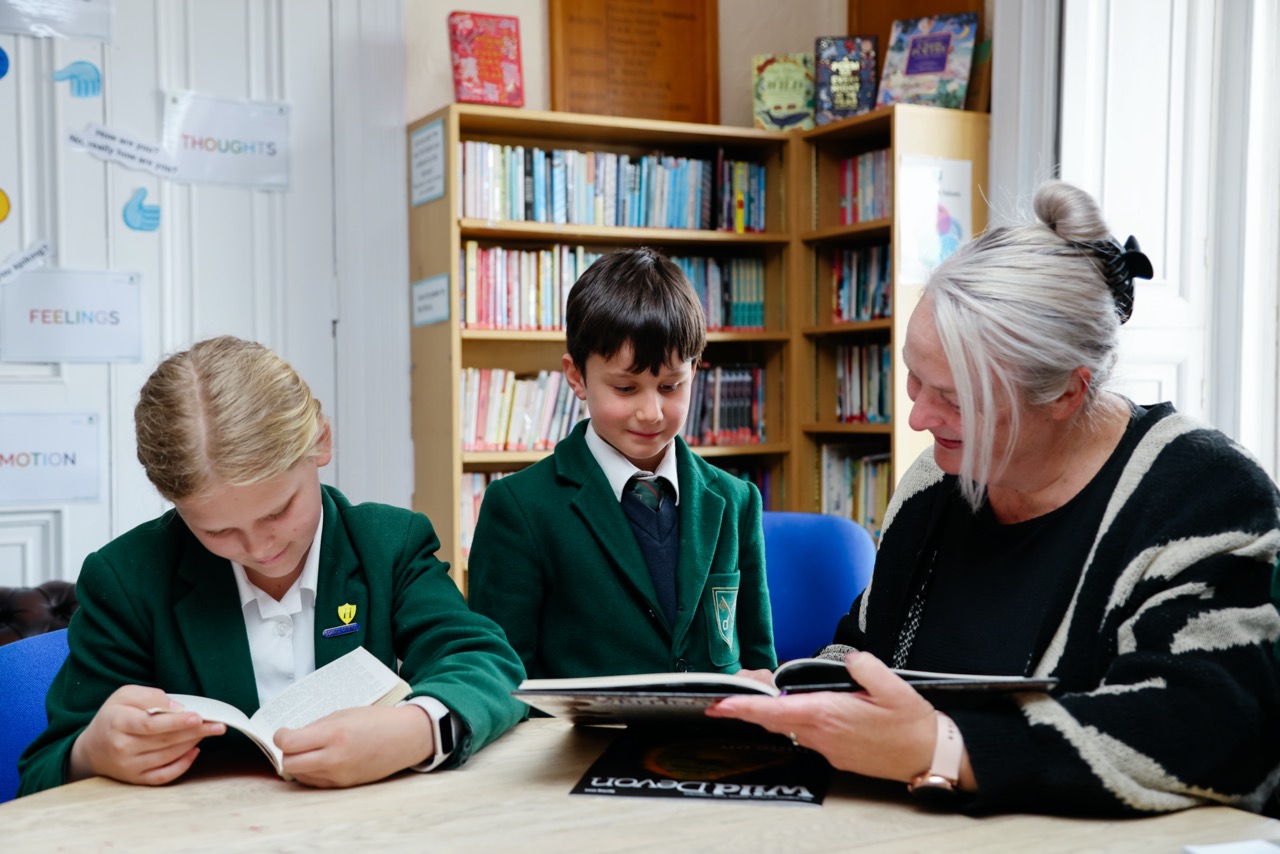The warmer weather is the perfect excuse to put together a barbecue or picnic for the whole family to enjoy eating al fresco! There’s a certain appeal associated with cooking and eating outside when the temperatures rise, and when you can get do it as a family, it makes it all the more special.
As all parents will know, when it comes to barbecues and picnics, care and attention at all times is paramount. Children tend to be naturally curious, and when barbecues are involved, it can be a risk to their health, so it’s vital to ensure they’re kept safe from the dangers posed.
Keep the whole family safe and enjoy your barbecues and picnics with our top tips:
Supervising Children During a Barbecue
An effective way to keep your children safe during a barbecue is to inform them of the dangers associated with being too close to the barbecue. It’s also advisable not to frighten them, but to make them aware.
Let them know that whoever is doing the cooking needs a lot of space so that they can cook safely. You’re likely to be playing games and letting the children run around when you’re outdoors in good weather, so set some boundaries to make sure no one comes to close to the barbecue, after all, prevention is better than cure!
Some of the advice below might sound like common sense, but when everyone is having a good time, it can be easy to forget the simplest things.
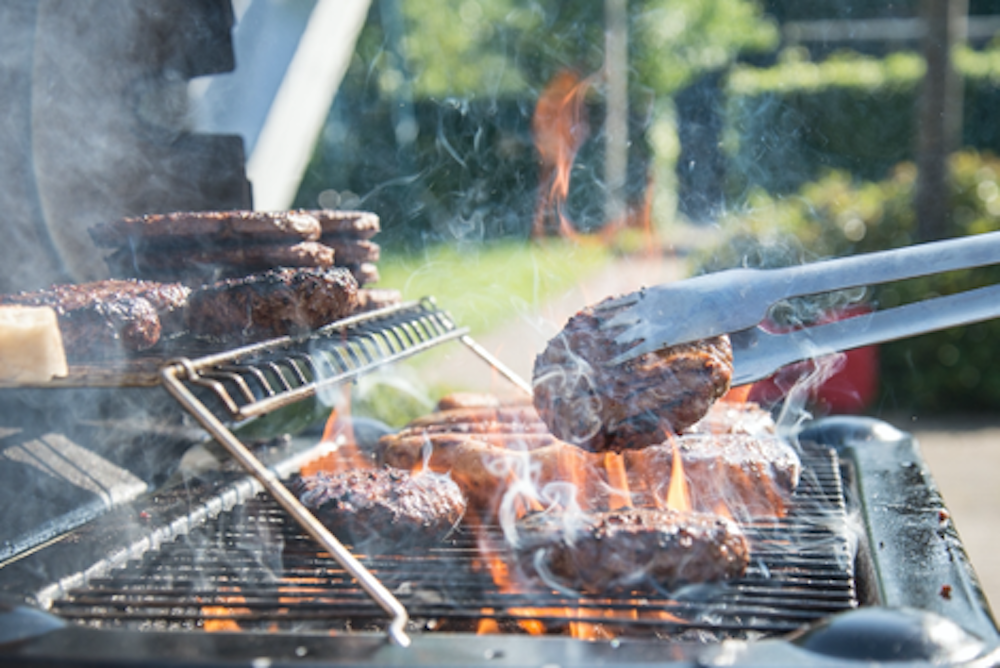
Safe Barbecue Set-Up
Setting up the barbecue correctly and knowing what to look out for is vital for keeping everyone safe.
Use these pointers as useful guidelines:
- Only use a barbecue that is in good working order.
- Set up on flat ground away from flammable objects such as garden furniture, trees, sheds, and fences, for example.
- Use the barbecue in an outdoor setting only.
- When using charcoal, cover the base of the barbecue roughly 2-inches deep with coals.
- If there’s a breeze in the air, position the barbecue so that the wind is blowing away from you during lighting/cooking.
- Have a bucket of water close by, in the event of an emergency.
- Never leave a barbecue unattended.
- Don’t attempt to move a lit barbecue.
- After cooking, refrain from moving your barbecue until it has had time to cool down entirely, or carefully extinguish the heat with cold water. When completely cooled, wrap the ashes in tin foil, and place in a non-combustible outdoor bin.
- Don’t be tempted to put ashes immediately into a dustbin or wheelie bin – there’s a high risk of causing a fire, even if they’re still even slightly hot.
Barbecue Food Safety Considerations
It’s not just the barbecue that can be a health hazard; the food involved should be considered as well.
Take these points into account when it comes to food safety:
- Wash your hands after handling any raw meat.
- Have separate utensils to hand for raw and cooked meat.
- Keep raw and cooked food on separate plates.
- Marinades and sauces used for raw meat should not be used on cooked food.
- Frozen food needs to be checked to confirm it’s been thoroughly thawed before being cooked.
- Allow the charcoal to become red hot and display a grey powdery surface before placing food on the barbecue for cooking.
- Regularly turn and move your food around on the barbecue (distinguish clear sections for cooked and raw meat).
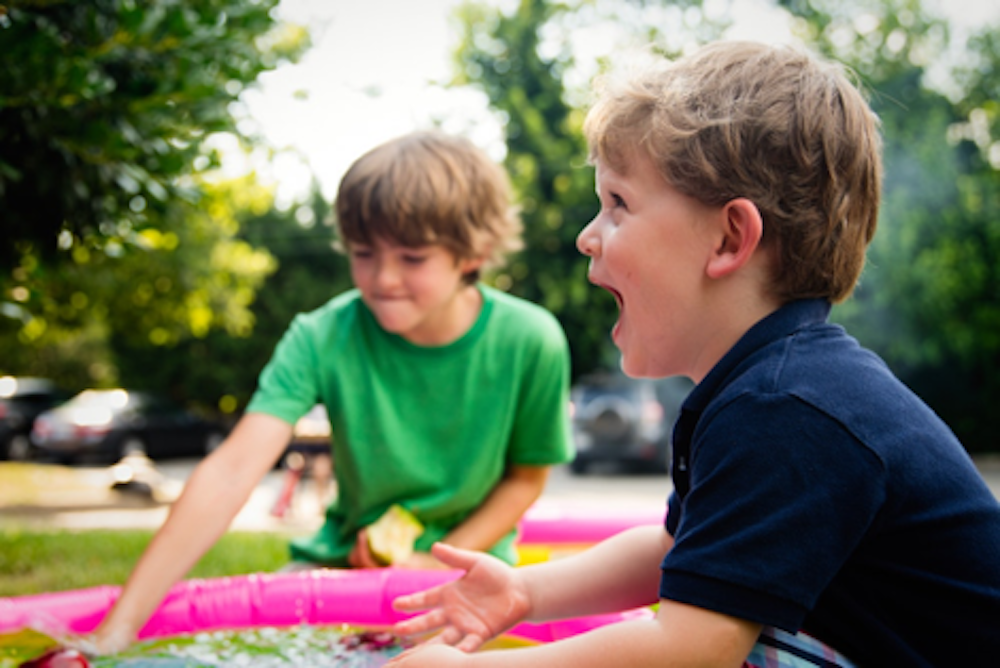
Preparing Barbecue Food
Preparing food for a barbecue or picnic is half of the fun! At the same time, it’s important to use this time to educate your children on the risks of cross-contamination of raw meat as this is one of the most common food-related illnesses in relation to barbecues.
Use these tips to help yourself and inform your children about preparing food for barbecues:
- Thoroughly wash hands before and after meal prep, particularly when handling raw meat.
- Keep any marinating meat in the refrigerator, as opposed to worktops.
- Clean chopping boards and knives with hot, soapy water every time they are used.
- Prepare different serving dishes for raw meat and cooked meat.
- Use a meat thermometer to ensure that barbecued meat has reached the recommended temperatures to kill bacteria:
beef 71.1°C/160°F,
poultry 82.2°C/180°F
pork 71.1°C/160°F
Packing Food For A Picnic
Adding to the advice we have covered above; there are some further handy pointers you can use for picnics too.
- Reserve the task of packing food as the last one before setting off for your picnic.
- Use well-insulated coolers and add ice packs to keep refrigerated food well-preserved.
- Place hot food inside an insulated container to maintain the heat.
- Be sure to refrigerate leftover food within two hours.
It can be challenging to keep an eye on food preparation while supervising what the younger members of the family are doing. Still, children should always be supervised by adults when you are out for a picnic or barbecue in a public place such as parks and beaches. Just like setting boundaries regarding how close they can get to the barbecue, give your children limits on how far from your spot they can play.
Social situations like barbecues and picnics are great, and here at St Peter’s Prep, as an independent primary school, we firmly believe in helping your child to get the best from all aspects of life to become well-rounded individuals.

